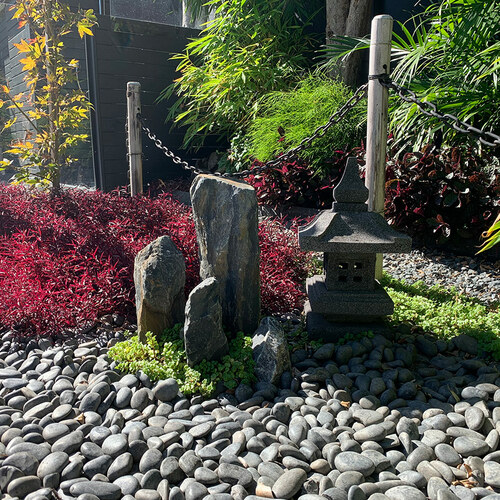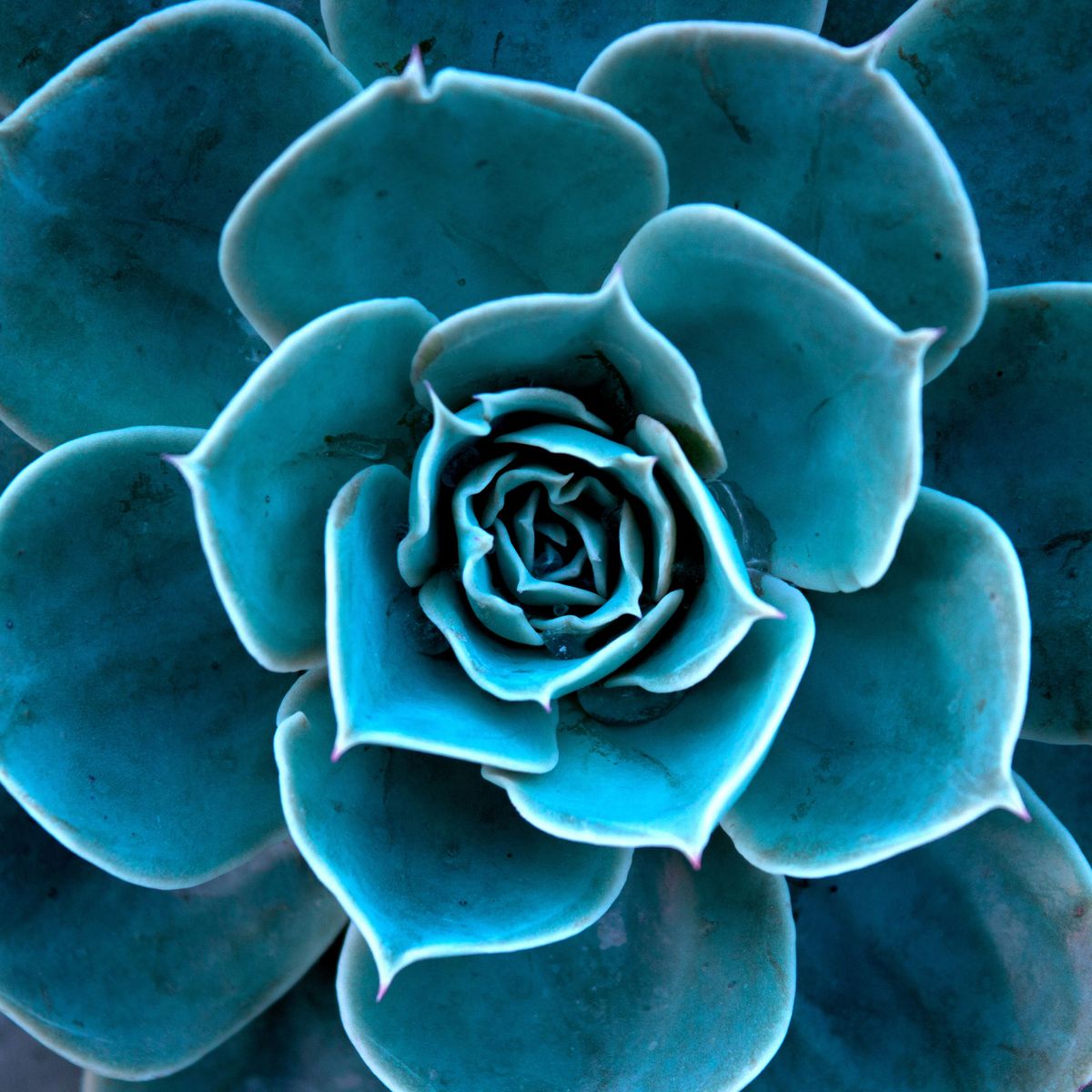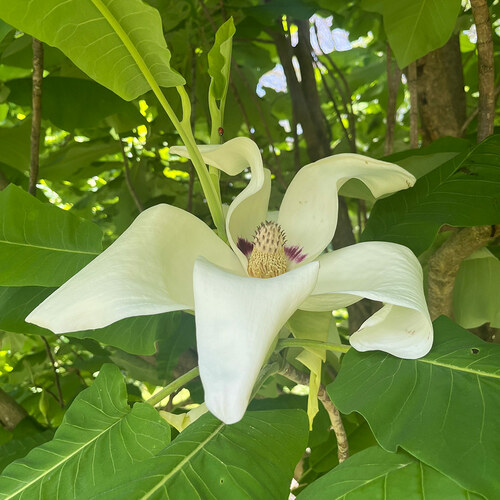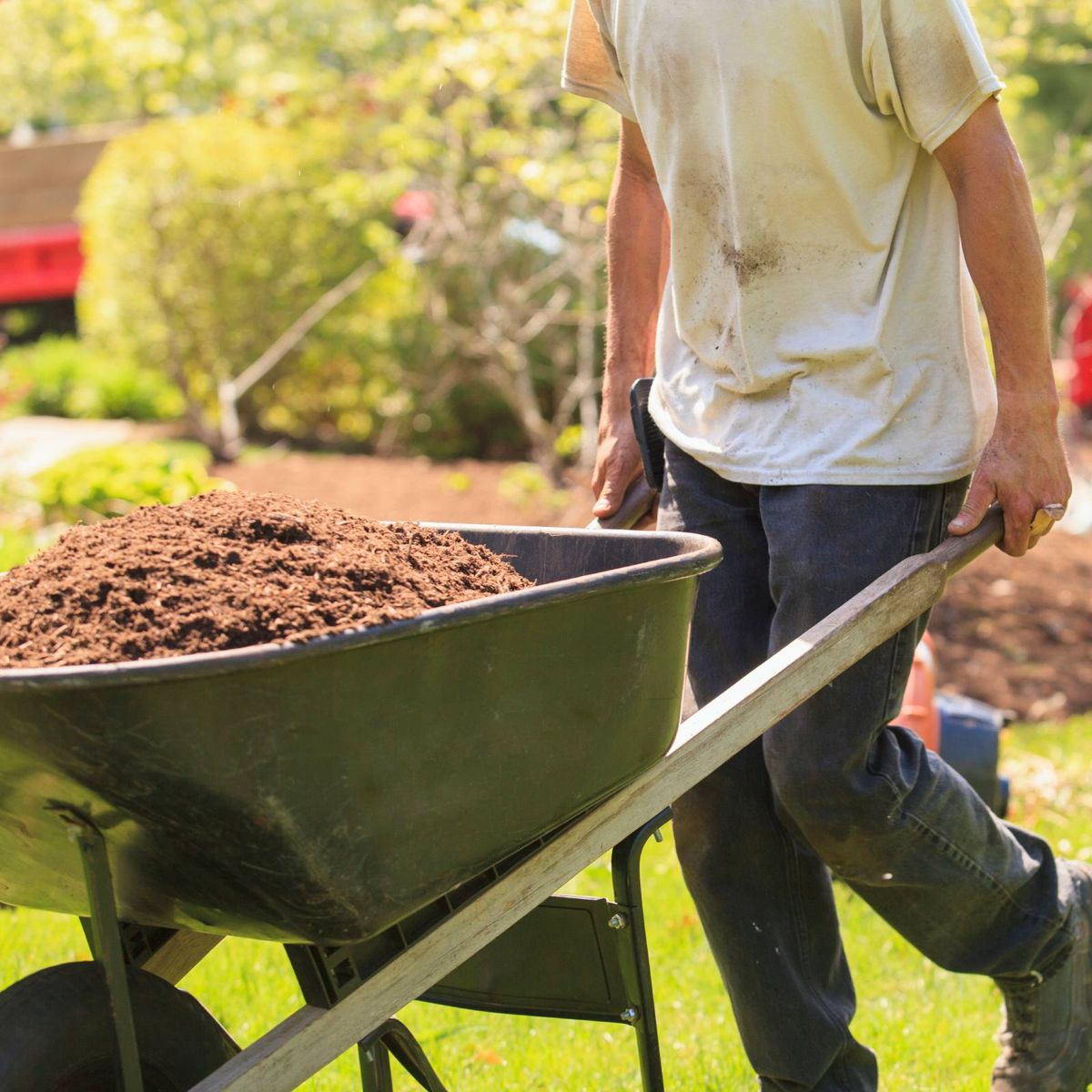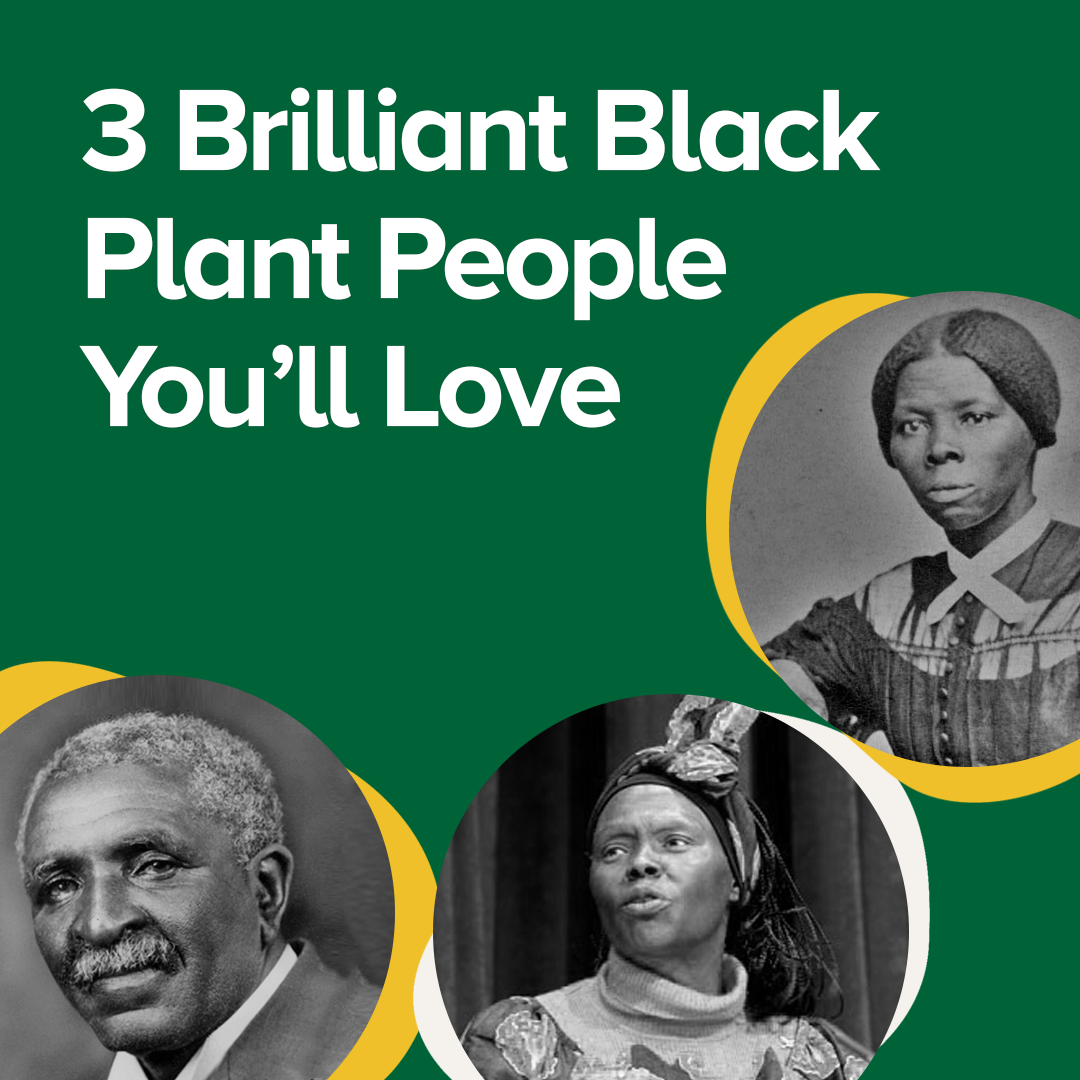In recent years, landscapers have been drawn by the allure of corten steel. The clean lines it creates in the yard and its beautiful, rustic finish are both a major temptation, and for a good reason, too. But if you’re not ready to commit to a professional landscaper installing custom work for you, then consider a search for some corten steel planters.
Used in both commercial and residential settings, these steel planters offer a long-lasting, easy alternative to wooden planters. Comparing their cost to their longevity, there’s no question that they’ll be cheaper as a long-term solution. Modern, sleek lines create visual appeal, and their natural rust-colored finish can be used both in contemporary architecture and more nature-based applications. Best of all, corten planters have an easy assembly process that makes it possible to achieve that ideal garden space you’re looking for.
Let’s go over some information on what weathering steel actually is, and how it’s used to create these corten planter boxes. We’ll explore some variations on the metal and how it’s produced, give insight on what you should be shopping for, and make some good recommendations for options to search for when incorporating Corten in your garden spaces!
What Is Corten Steel?

Get The Urban Short 9-In-1 Bed From Epic Gardening
Corten steel is a kind of weathering steel. This steel is made from a group of steel alloys that corrode and develop rust patina over time. This rust acts as a protective coating and eliminates the need for paint. Corten steel has been used in the US since 1933 when the United States Steel Corporation (USSC, sometimes referred to as U.S. Steel) implemented its use in the shipping industry. In 1936, the USSC developed railroad cars made of the same metal. Today, Corten steel is used for storage containers due to its ability to hold structural integrity over time.
Corten steel became popular in architecture, infrastructure, and modern sculptural art across the world in the 1960s. Architectural use of this metal became most prominent in Australia. There, the metal was incorporated into commercial landscapes in planter boxes and raised beds, as well as to provide uniquely oxidized exteriors for buildings. Corten steel is commonly used today in both commercial and domestic landscapes due to its rustic aesthetic appeal.
Most people think rust is bad, but in the case of Redcor corten steel, it’s a good sign. The steel is exposed to alternating wet and dry periods and develops a patina that creates a protective coating over the metal surface. The change of the steel patina over time is a sight to see. It starts bright orange and changes into dark brown, blending in with its natural surroundings. In later stages, it becomes almost purple in hue. This color change occurs in optimal wet/dry conditions. Those who acquire planter boxes made of Redcor can weather the steel themselves where alternating wet and dry periods aren’t as pronounced.
There are slight variations between Corten steel and Redcor. Most Corten products are hot-rolled into shape, but Redcor steel is cold-rolled, making it more uniform and reliable from product to product. The two uses of each metal type vary as well. Corten steel is often utilized in the railroad and shipping industries. Redcor is most often used by architects in buildings and by landscapers to produce planter boxes, raised beds, or other garden decors. The high phosphorous content in Redcor makes it ideal as it results in higher corrosion resistance over the metal’s lifespan. Once it develops its oxidized coating, the deterioration of the metal underneath stops, and it protects itself.
Corten Steel Safety Concerns

Get The Urban Short Round Bed From Epic Gardening
Gardeners may wonder about Corten steel planter boxes and whether or not they’re safe for growing food and for the ecosystem. These concerns can be laid to rest! A Corten steel planter box doesn’t leach any dangerous materials into the ground, only a little iron. When high acidity can’t break down the protective coating prematurely, adding a little more iron into your planter box or raised bed promotes the development of chlorophyll in plants.
The same goes for the ecosystem around your Corten planters. There isn’t enough corrosion happening to be worried about pollution. One thing to consider, however, is that Corten planter boxes can stain hardscapes. Gardeners should lay down a tarp, matting, or some other material that will prevent unwanted staining on concrete or decking. Combine it with gravel to highlight the hue of the nice planter boxes!
It takes a little time for your raised bed’s natural, protective patina to develop. To speed up its development on Corten steel planter boxes, we recommend combining 2 oz of vinegar, ½ teaspoon of salt, and 16 ounces of hydrogen peroxide in a spray bottle. Shake the bottle vigorously to combine the ingredients. With gloves and goggles on, spray the entire surface of the planter box. Wipe it with a towel if the spray texture on the planter needs smoothing. This speeds the development of the patina, and a protective coating forms on the oxidized metal. Repeat the process over time, allowing it to dry between treatments until you achieve the desired look on your metal planter. Pretty easy!
Once the oxidized patina is fully developed to suit your preferences, you’ve got a great protective coating of oxidation that stabilizes your planters. You can even lock in the color with a coat of polyurethane paint after the patina is completely formed. Before painting the entire metal planter box, ensure the Corten steel planter box is the color you want it to be, and test a small area as the polyurethane coating may make it look darker in appearance. You don’t have to coat the planter if you don’t want to; it will still be a nice planter visually with or without that extra coating!
Corten Steel Vs. Galvanized Steel

Both REDCOR and galvanized steel beds are high-quality products. While both types of planter boxes are useful for growing food, one or the other may be more appropriate to your needs. A Corten steel planter is great for those on a search to highlight the rustic look the steel provides. Aluzinc-coated galvanized steel planter boxes have a more uniform look and come in matte colors like light blue, and eggshell. Another difference lies in the protective coating of each planter box type. The Corten coating comes from the patina that develops as the planter box is exposed to the elements. Galvanized steel planters are sprayed with a protective aluzinc powder coating before they’re shipped. The coating here is different but serves the same purpose.
Compared to galvanized steel, Corten steel planter boxes break down more easily in regions where humidity or exposure to salt spray is high. If that’s a concern for you, a galvanized steel planter may be more appropriate. Also, if staining is a worry, galvanized steel garden beds are a great alternative.
As the metals in both of our nice planter types can react to one another it’s recommended that gardeners keep them separated. While they will do just fine in the same row, they shouldn’t be placed right against another bed. In addition, Corten steel reacts negatively to the presence of zinc. That’s why you should never use zinc bolts, casters, or any zinc hardware in Corten steel planter boxes. If you do, they will corrode around the bolt quickly, reducing the integrity of your nice planter over time. Use stainless steel bolts with a Corten planter.
Using Corten Steel In A Garden

Get The Urban Tall 9-in-1 Bed From Epic Gardening
So far, we’ve discussed using Corten steel in a nice planter, but there are so many more uses for Corten steel. You can have Corten benchtops, wall panel pieces, trellises, fences, wall decoration, and edging. Corten steel is versatile and gives gardeners a unique aesthetic that looks great on a patio in accessories like firepits, and as accents on fountains. The panel texture is guaranteed to hold up to the elements outdoors, and as it changes over time you’ll have a shifting, modern, unique look to your garden all year round. When it comes to Corten steel, there’s more to enjoy than a nice planter!
Why Should You Use Corten Planters?

Get The Urban Tall Round Bed From Epic Gardening
Each Corten steel planter is guaranteed to hold up to the elements, especially compared to wood, plastic, fiberglass, and concrete beds. While they may cost more than some materials, they’re an excellent investment because they’ll hold up for much longer – at least decades, although some Corten steel has been in use for 100 years! Plastics leach into the soil over time, and wood deteriorates. Fiberglass doesn’t have the same structural integrity. While wood is often the preferred raised bed material, it’s currently more expensive over time than Corten steel because the wood will deteriorate more rapidly than metal does. That’s why those who shop for a nice planter or raised beds might want to opt for Corten steel planter boxes instead.
Working with a kit made of Corten steel offsets the cost of having to take on yet another big project of assembling a custom planter of wood. There’s no sawing, sanding, or heavy equipment needed. When it comes to assembly, a Corten steel planter is easy to put together. Each kit comes with all the metal panels and hardware needed to assemble and incorporate it into your landscape. Simply screw the bed together, add your filling of choice (both soil-based and soilless planting mixes will work), and start planting!
Once you have your Corten steel planter boxes or nice planter assembled, search for ways to heighten the appeal that the unique color of the corrosion brings to a space in a contemporary urban landscape or residential home garden. Trellises made of Corten metal give any place a lovely Western appeal that changes over time in the weather. As the panel changes color the casters hold the integrity of the bed together, making it last a long time.
While a nice planter made of Corten steel has a commercial appeal, it’s also suitable for a lush, green outdoor garden space. The corrosion on the Corten beds offsets nicely with greenery. It has a modern streamlined look that fits into a garden, or a xeriscaped desert space. As the weather affects the metal over time, you can adapt your plants to fit in seamlessly. And because the metal is used for more than just a nice planter, you can have matching bench tops, trellises, and patios with Corten steel features.
Not only does each nice planter and raised bed look great in a uniform design, but they also go well with other materials too. Wooden benches look great between Corten steel planter boxes. Alternating beds by metal type can bring about a sense of uniformity and a modern appeal that makes any landscape or project pop. Even for those who aren’t aesthetically inclined, modern landscape design is easy with Corten steel. And the bonus of easy access to your beds is another cost-benefit to consider when you search for metal beds, bench tops, or a nice planter.
When Should You Avoid Corten Planter Boxes?
While Corten steel is an excellent material for any nice planter, the metal isn’t suited to all weather patterns and climates. This is another thing to consider in your search for metal garden beds and materials. In areas where it’s exposed to salt spray, especially on beaches, Corten steel planter boxes can corrode much more quickly. It’s best to keep Corten steel planter boxes away from industrial areas where metal particulate and high heat exist.
Areas where it’s more likely to rain than to be dry are also risky for Corten metal. Areas that flood easily or remain under constant standing water aren’t suited to the metal either. That’s because the metal does best in a wet/dry cycle; it needs to have periods of dry conditions between wet ones to ensure the durability of its naturally-forming coating. Gardeners in these environments would do well to search for something metal that withstands humid conditions.
If you haven’t locked in the rust patina with polyurethane, be aware that a little rust could come off on your clothes and hands when you’re working around them. If you can, search for clothes that you don’t mind getting a little dirty and rusty. Otherwise, search for a clear polyurethane paint to act as a sealer and keep you rust-free while you garden in your modern landscape.
Frequently Asked Questions
Q: How long do Corten planters last?
A: Depending on the conditions, Corten steel lasts anywhere from several decades to 100 years. That’s why Corten steel is an excellent, long-lasting material to shop for.
Q: Is it safe to plant vegetables in Corten steel?
A: Yes! Corten steel is high-quality and doesn’t leach into a garden bed easily due to the protective patina.
Q: How do you make a Corten planter?
A: Everything you need for an easy assembly is included in your raised bed kit, including details like easy instructions about how you can rust the bed.
Q: What can I plant in a Corten steel planter?
A: Like most weathering steel, you can plant anything in a Corten planter. The only thing to consider in your search is which size of planter works best for you.
Q: Do steel planters rust?
A: Some don’t, but Corten steel planters and raised beds do, and that’s what those who search for Corten products want! As the planters rust, a durable protective coating is developed that slows the corrosion process, keeping it a nice, consistent color and reinforcing the metal.
The Green Thumbs Behind This Article:


